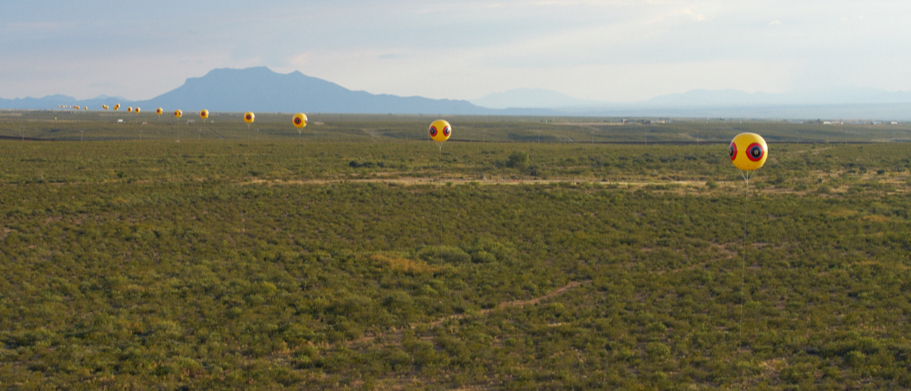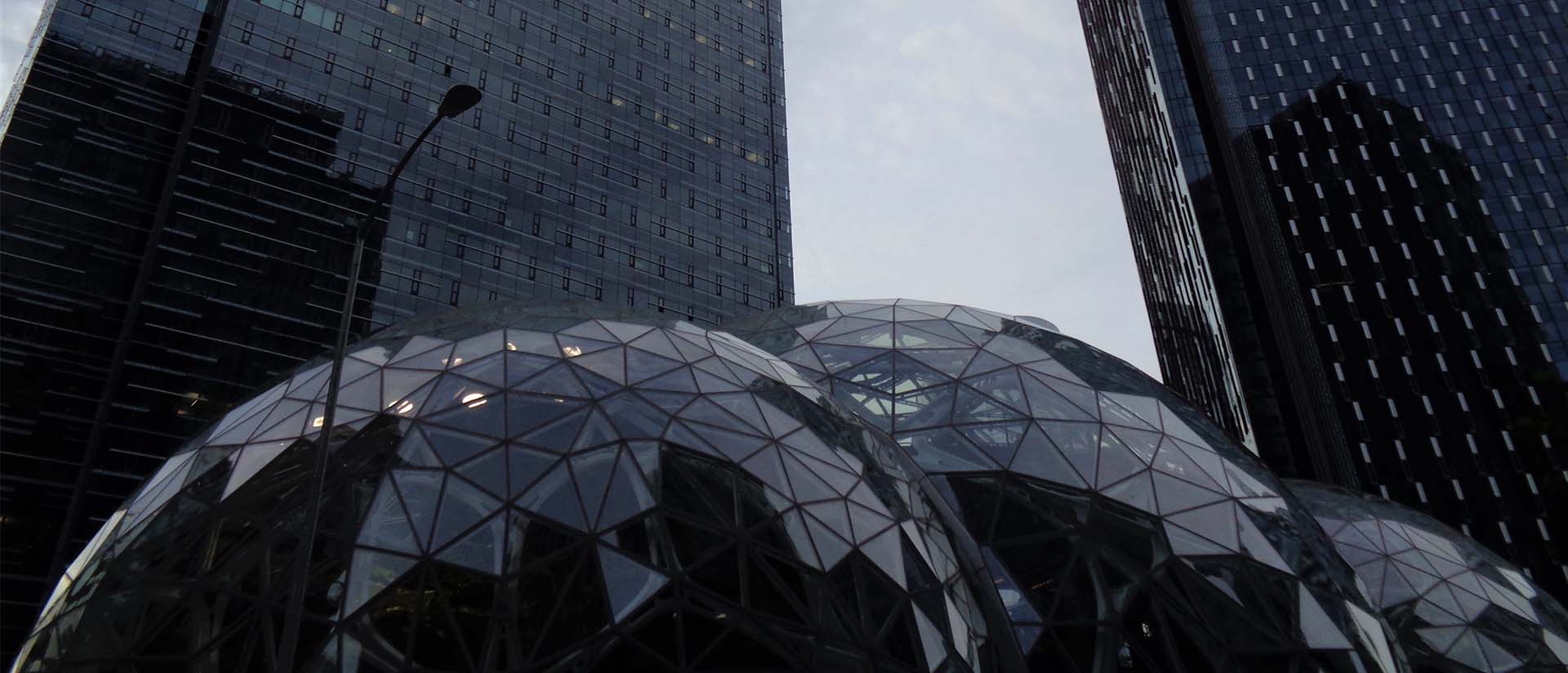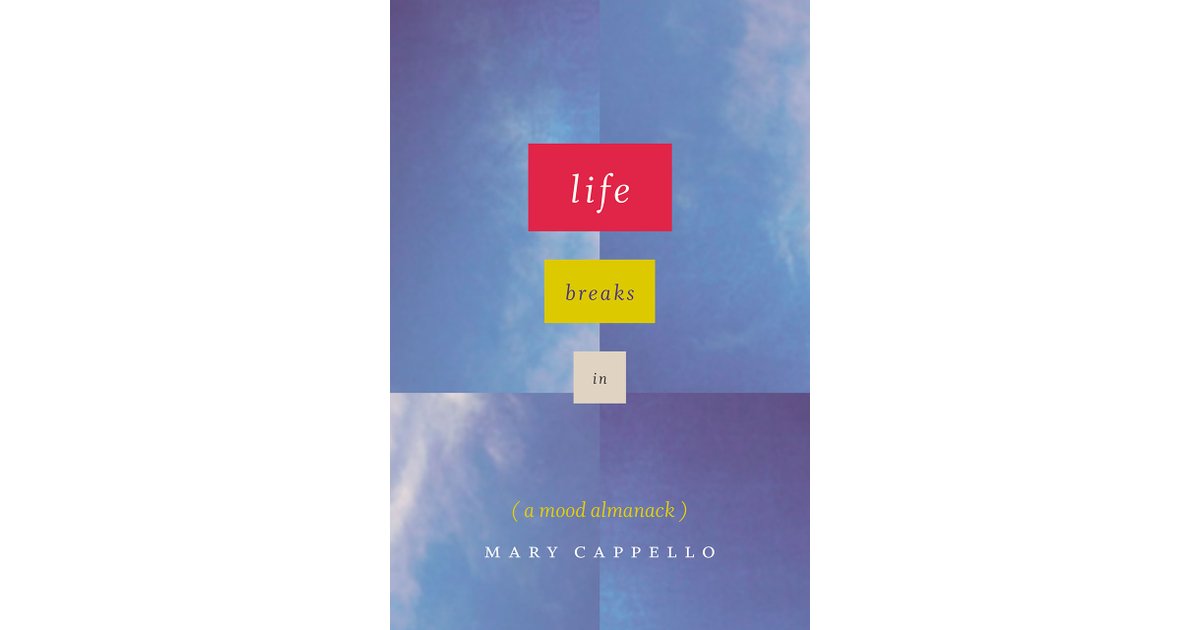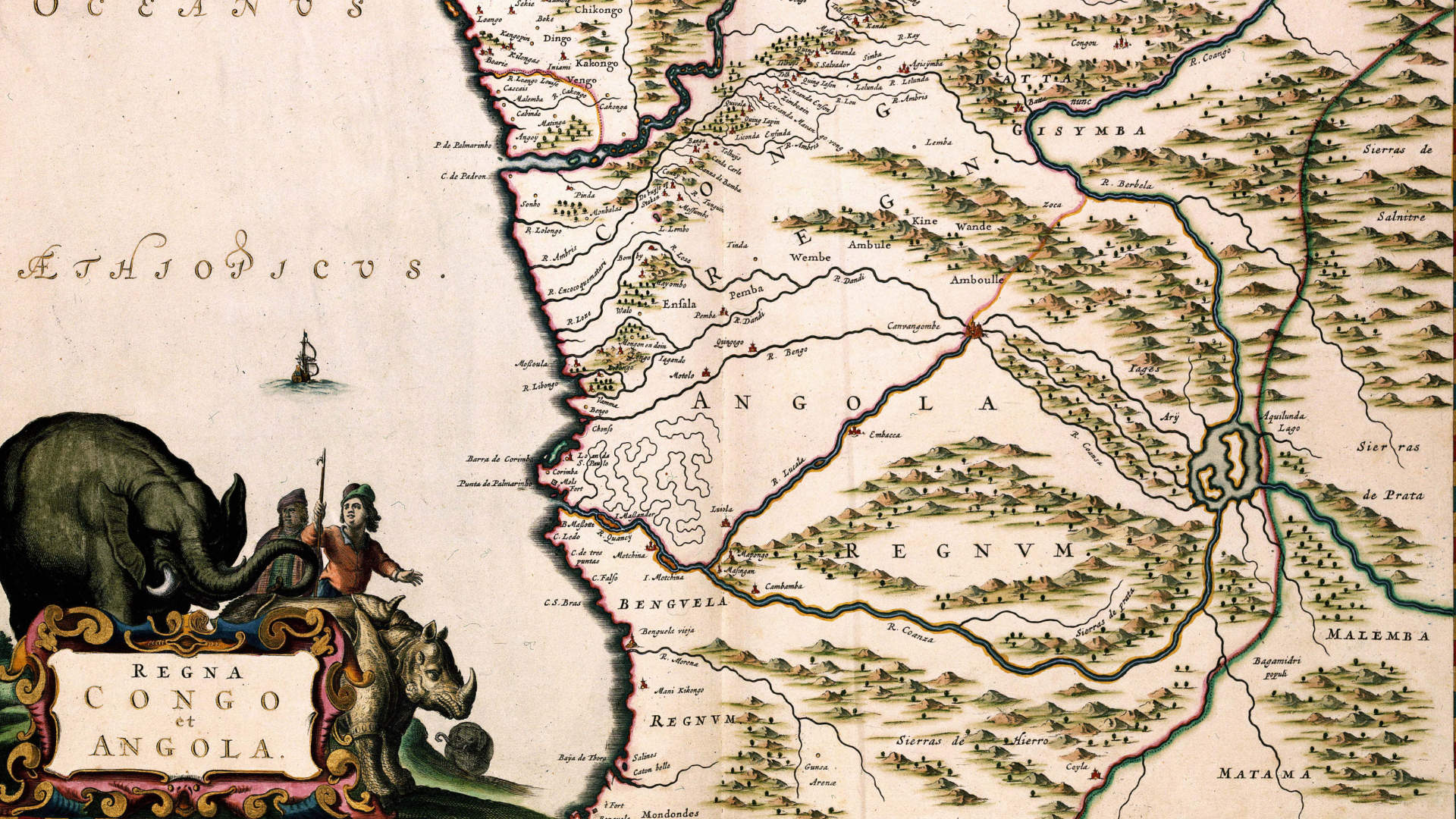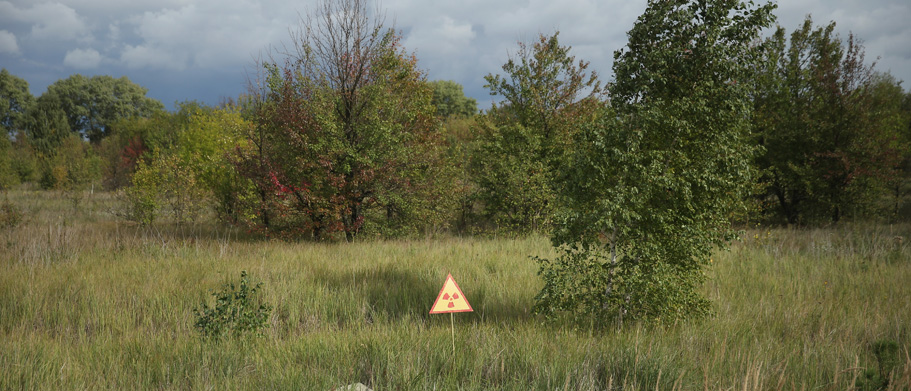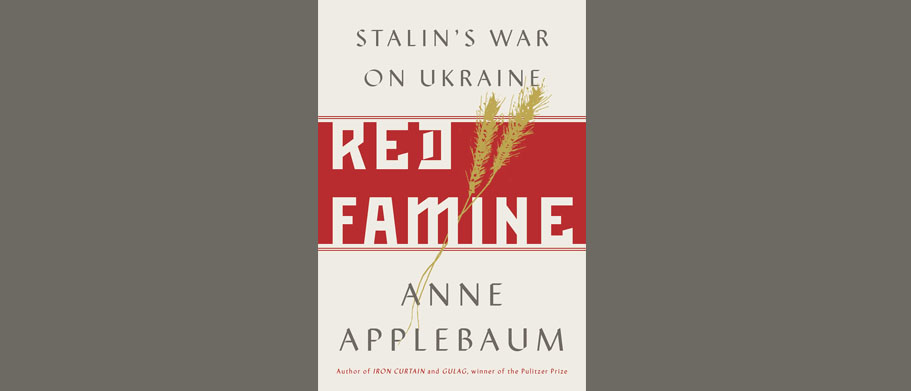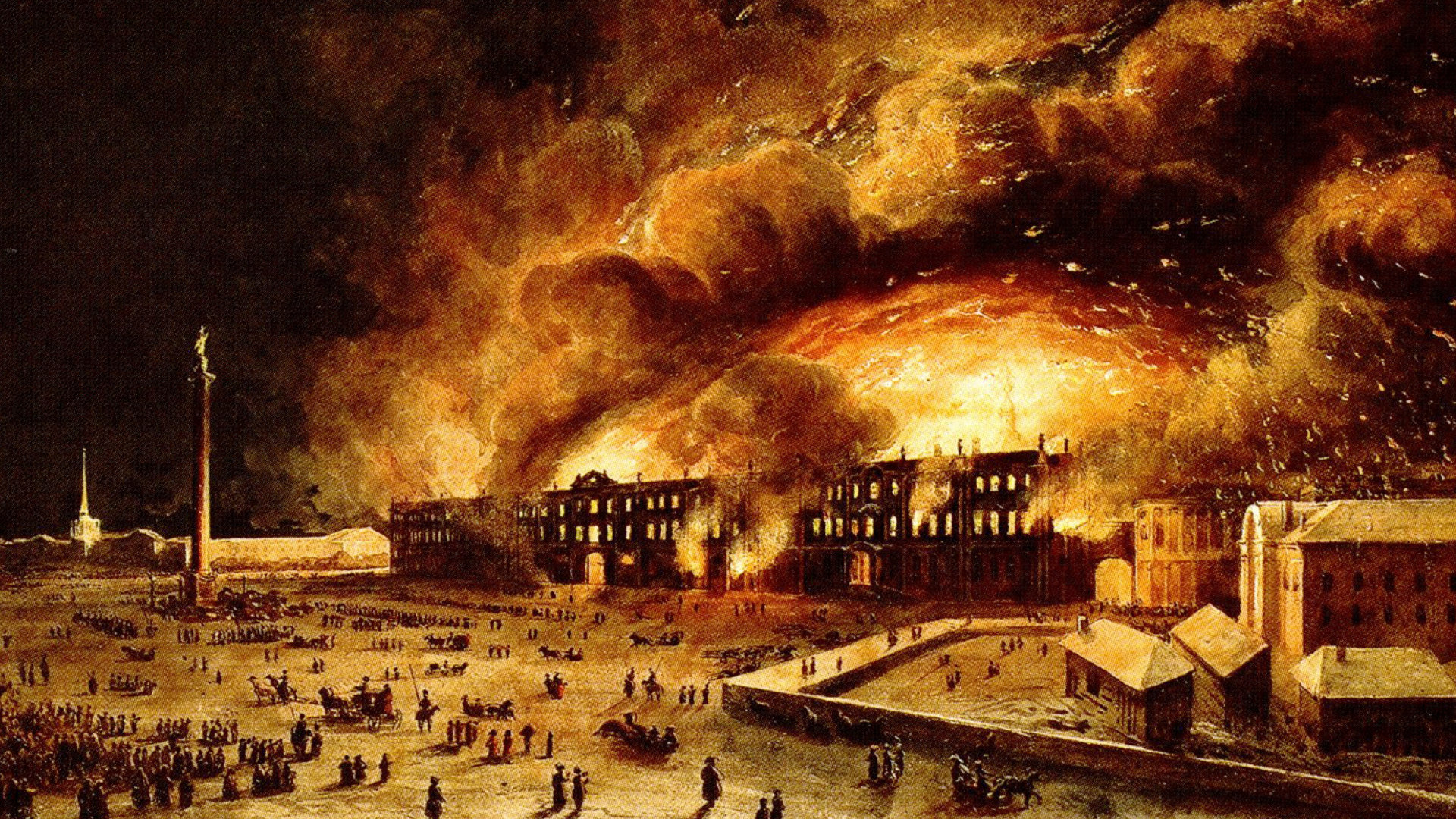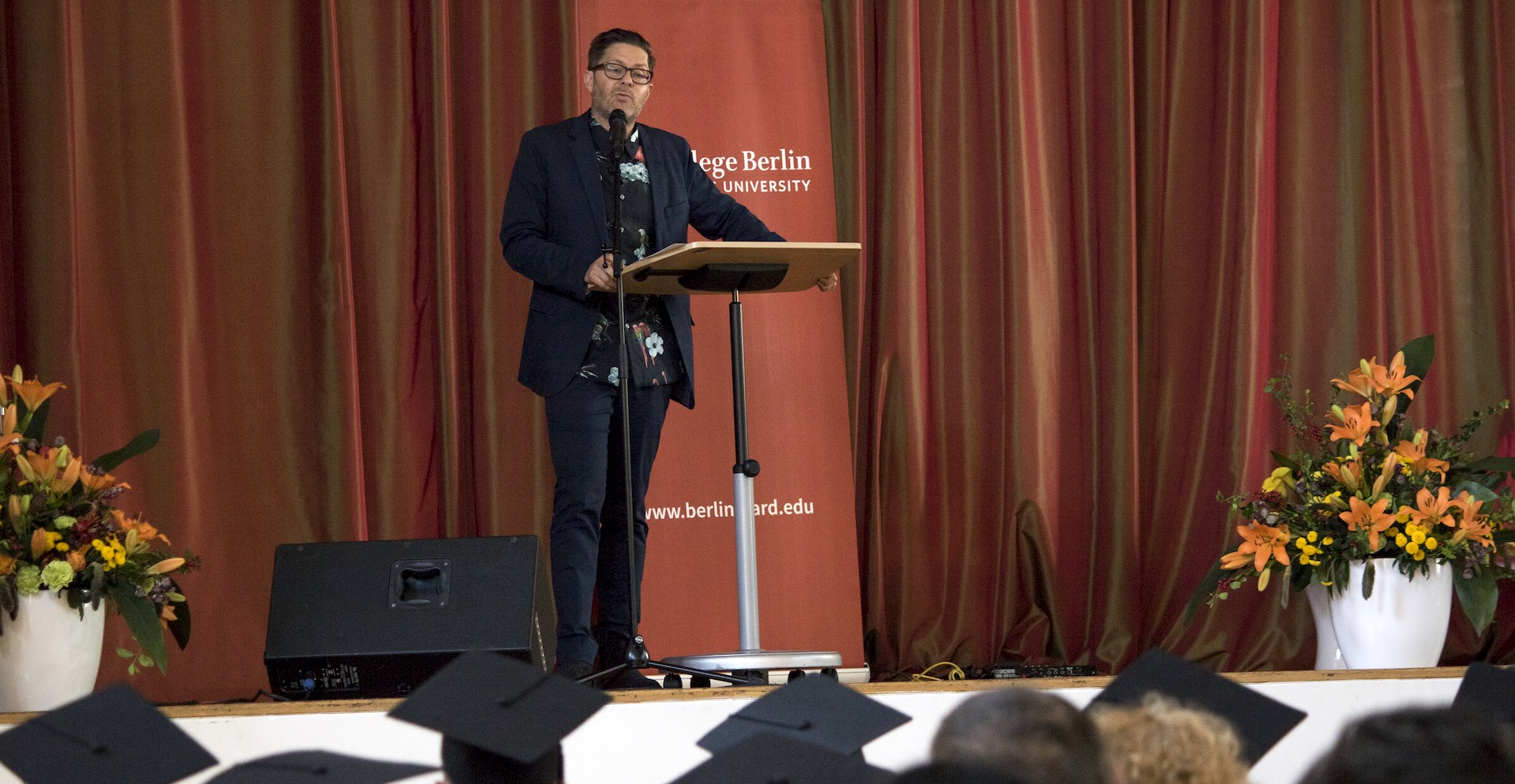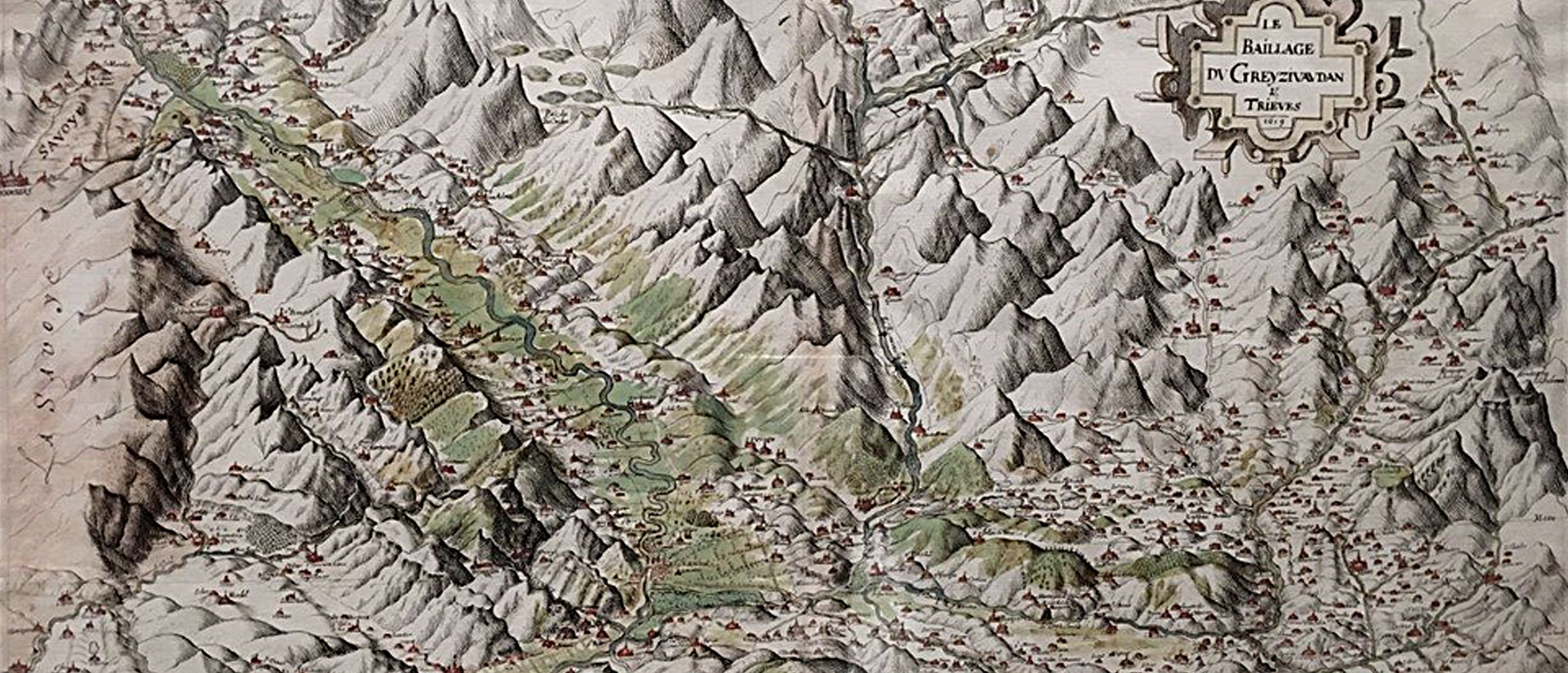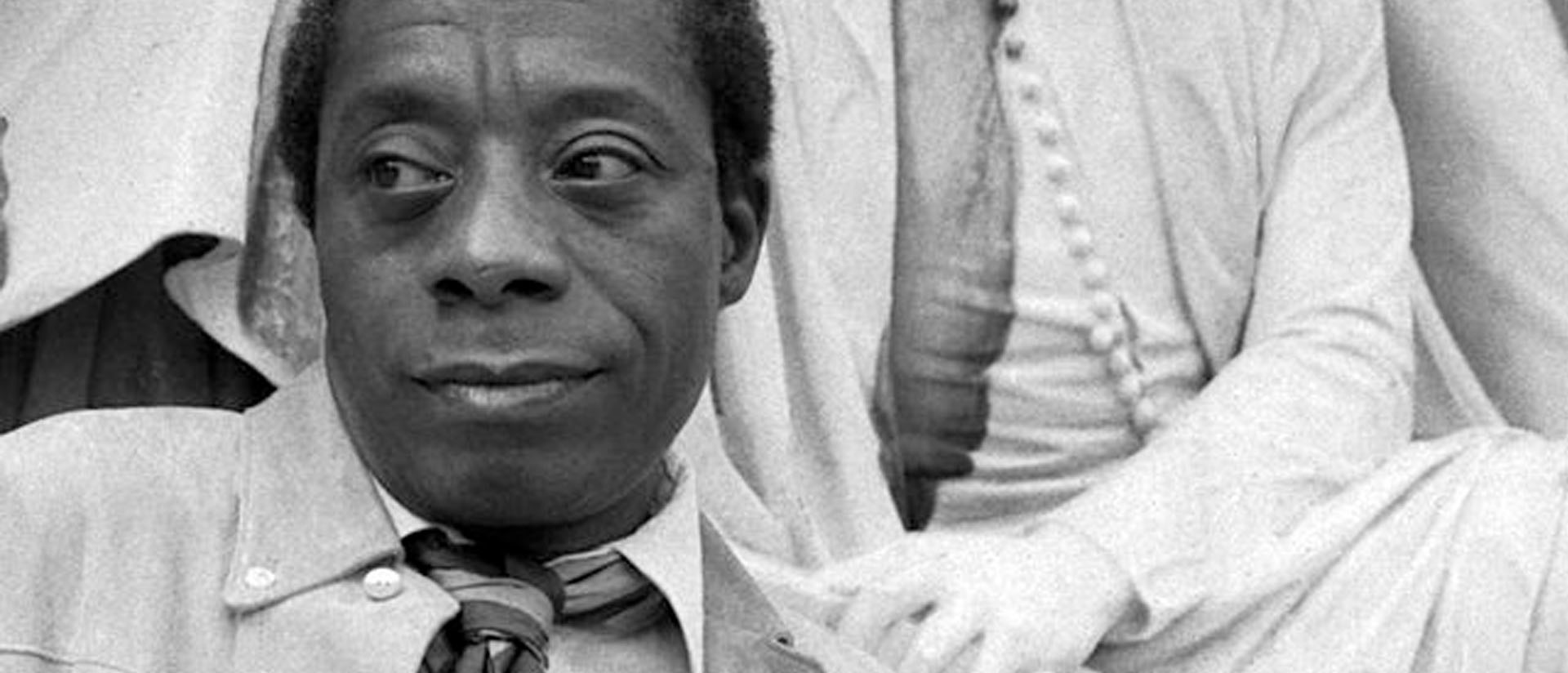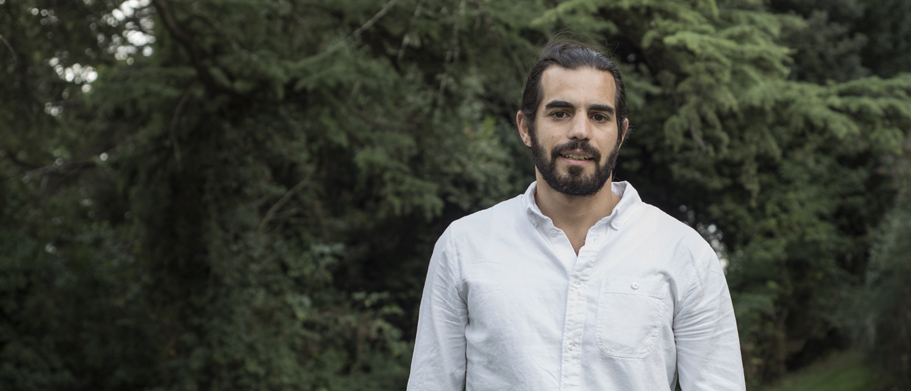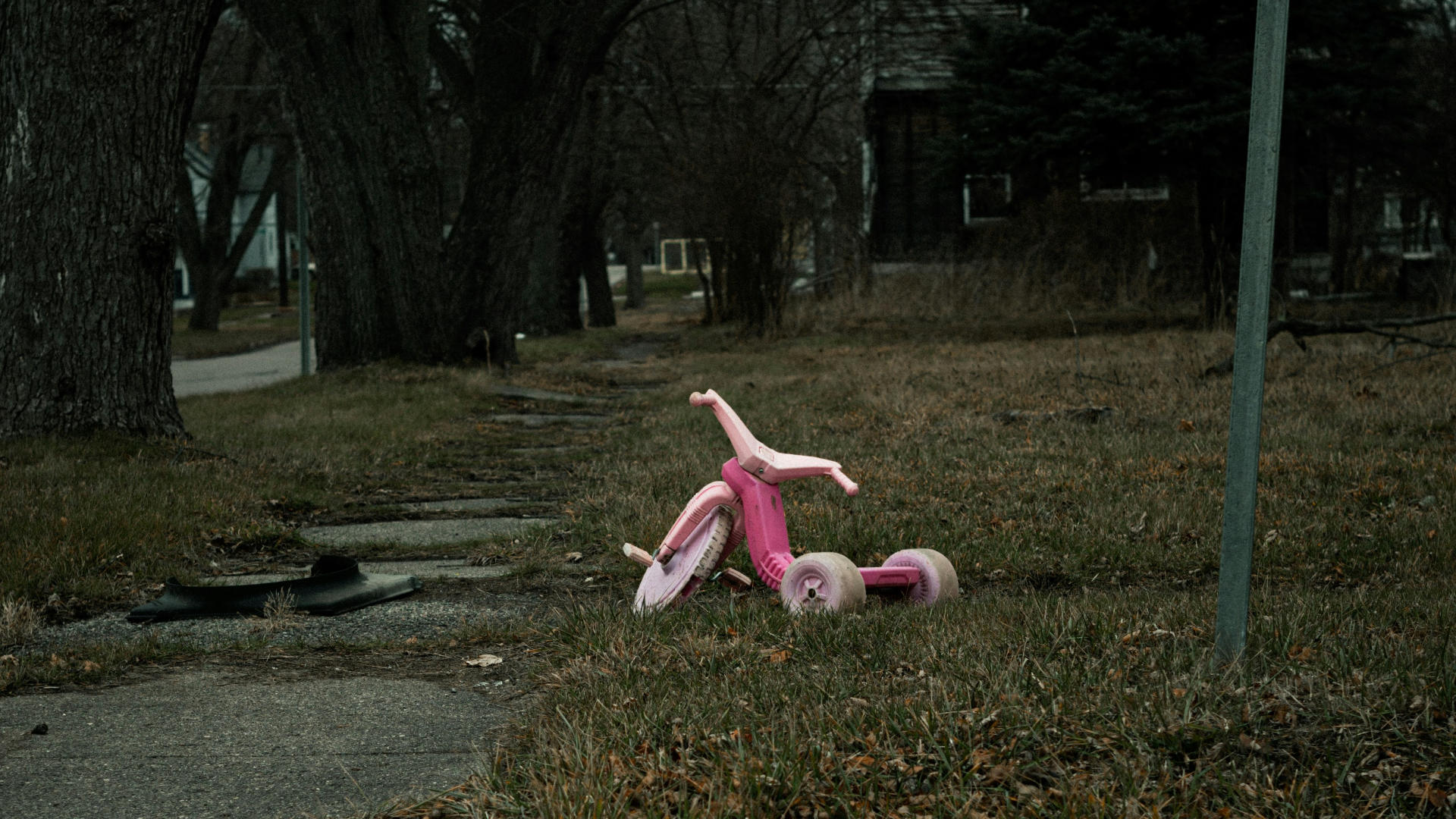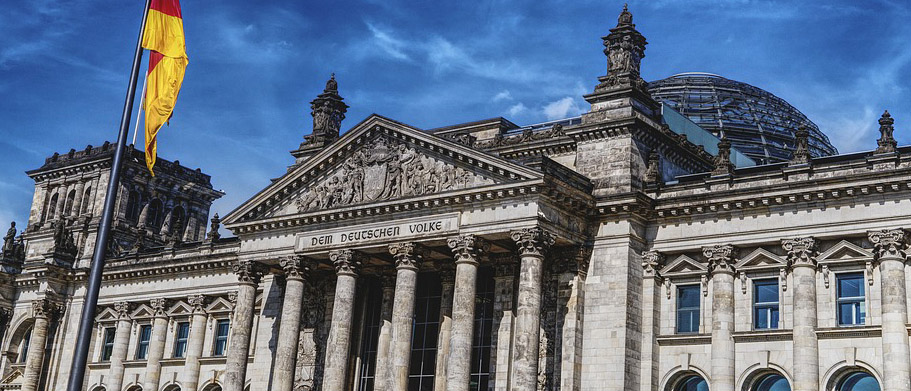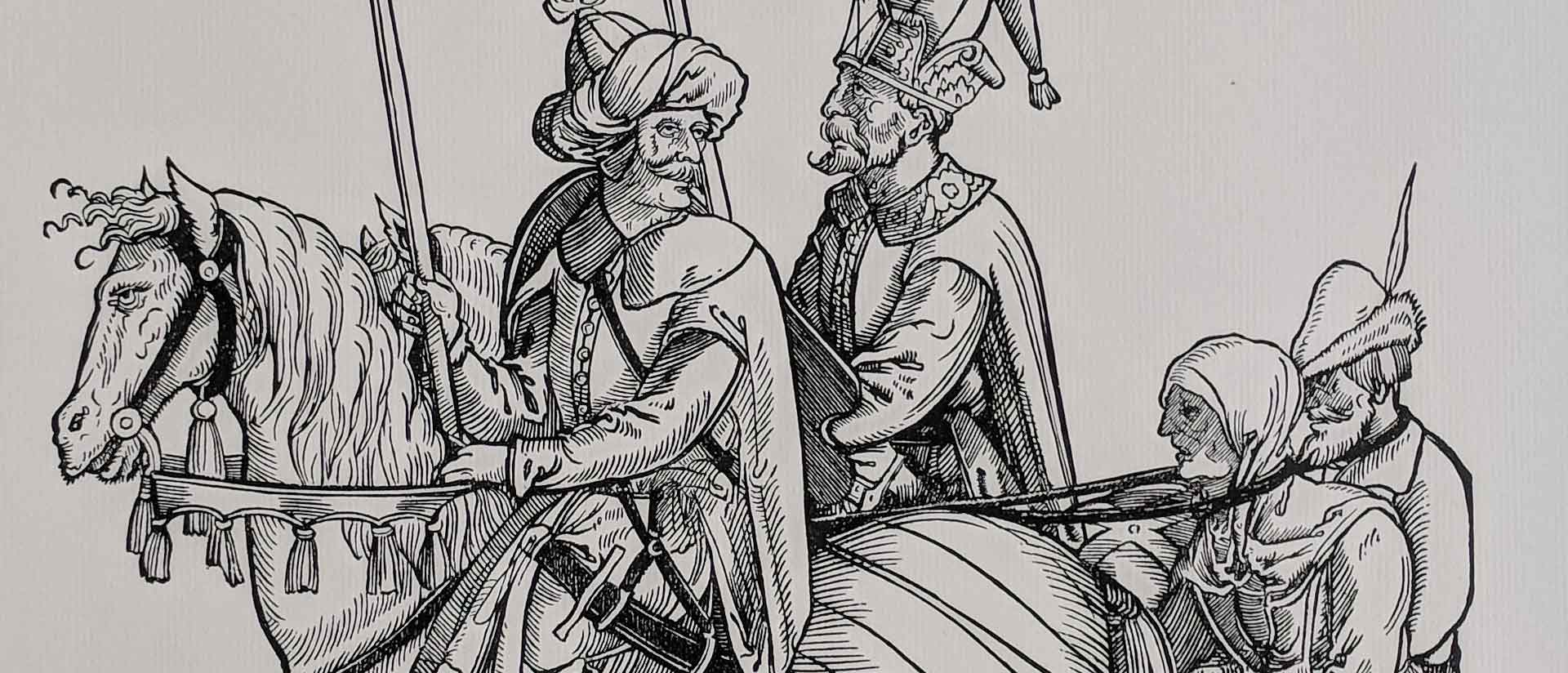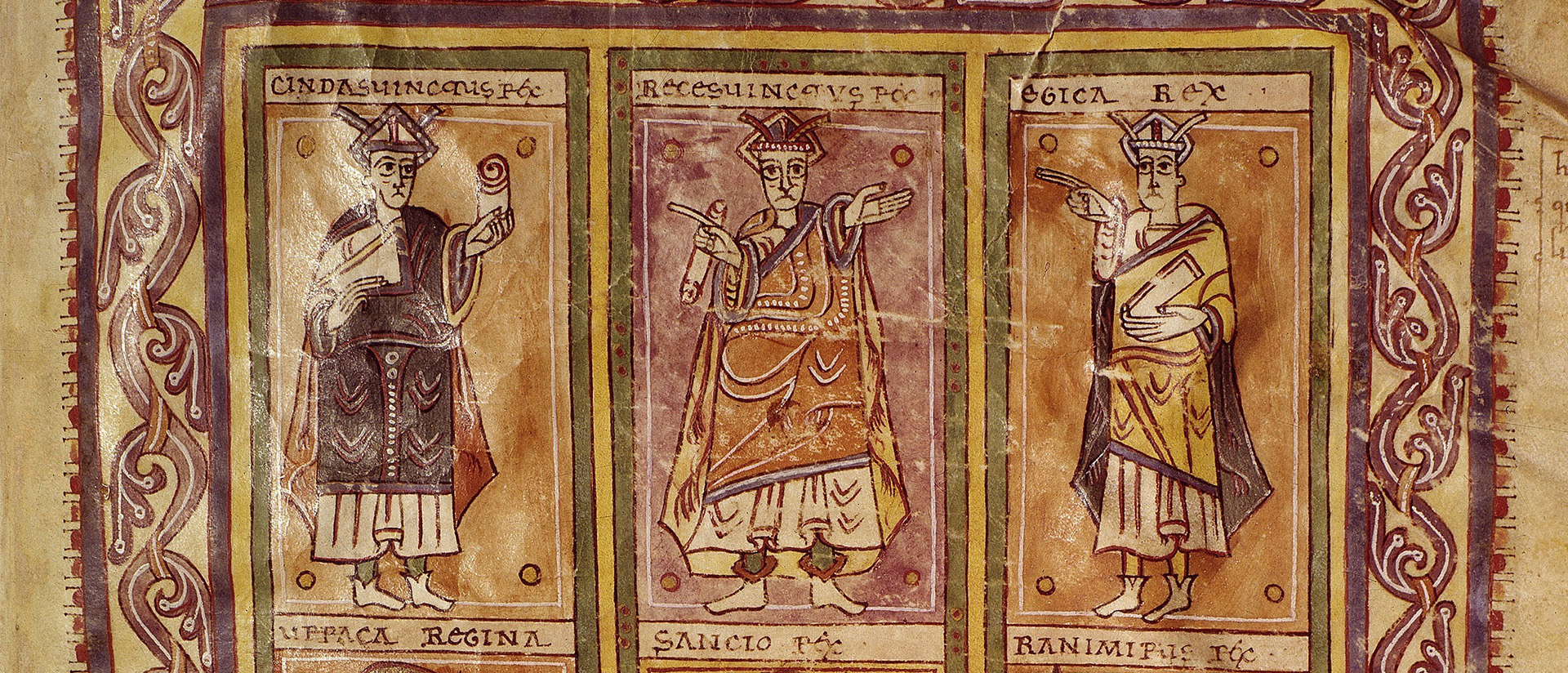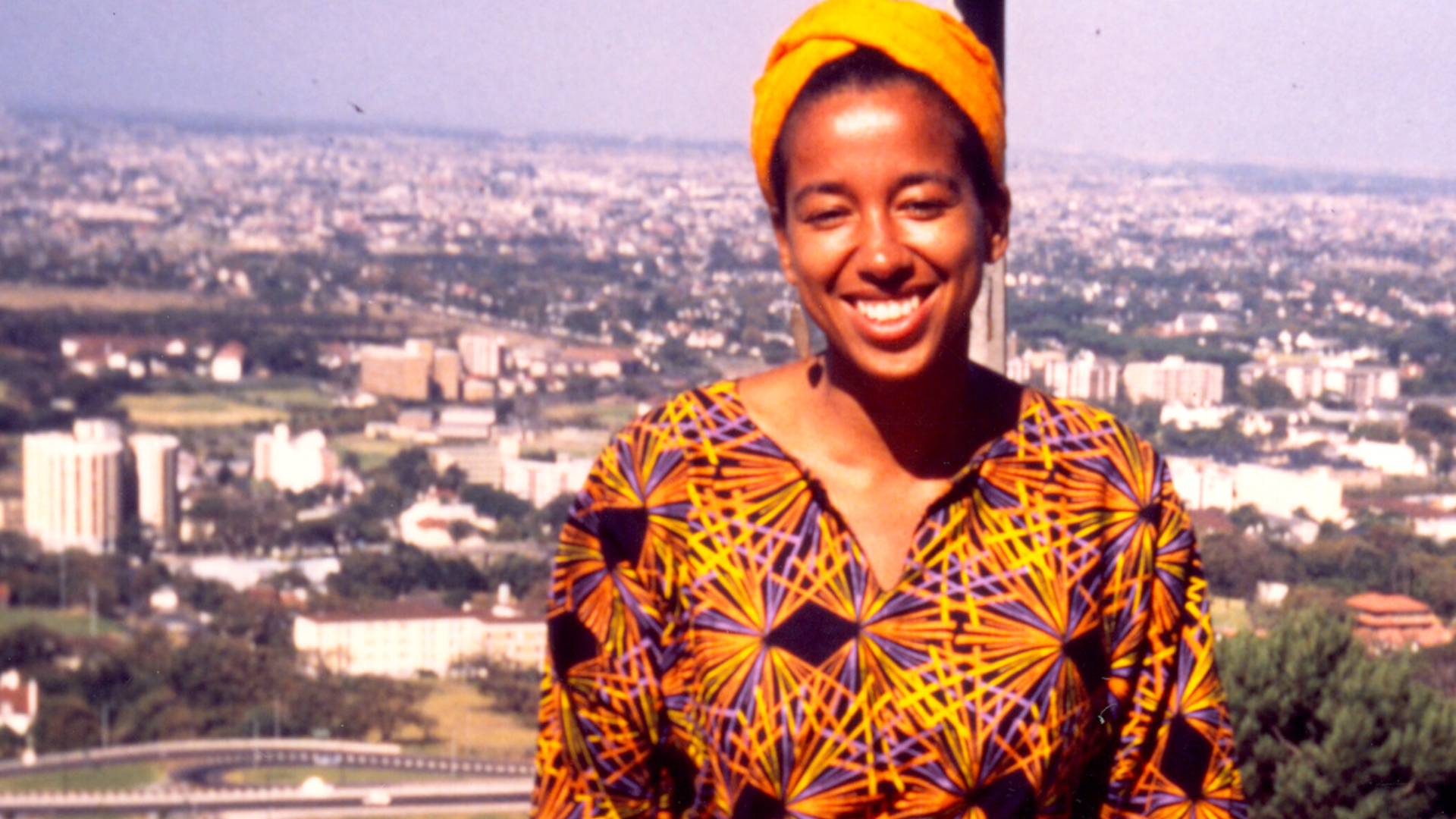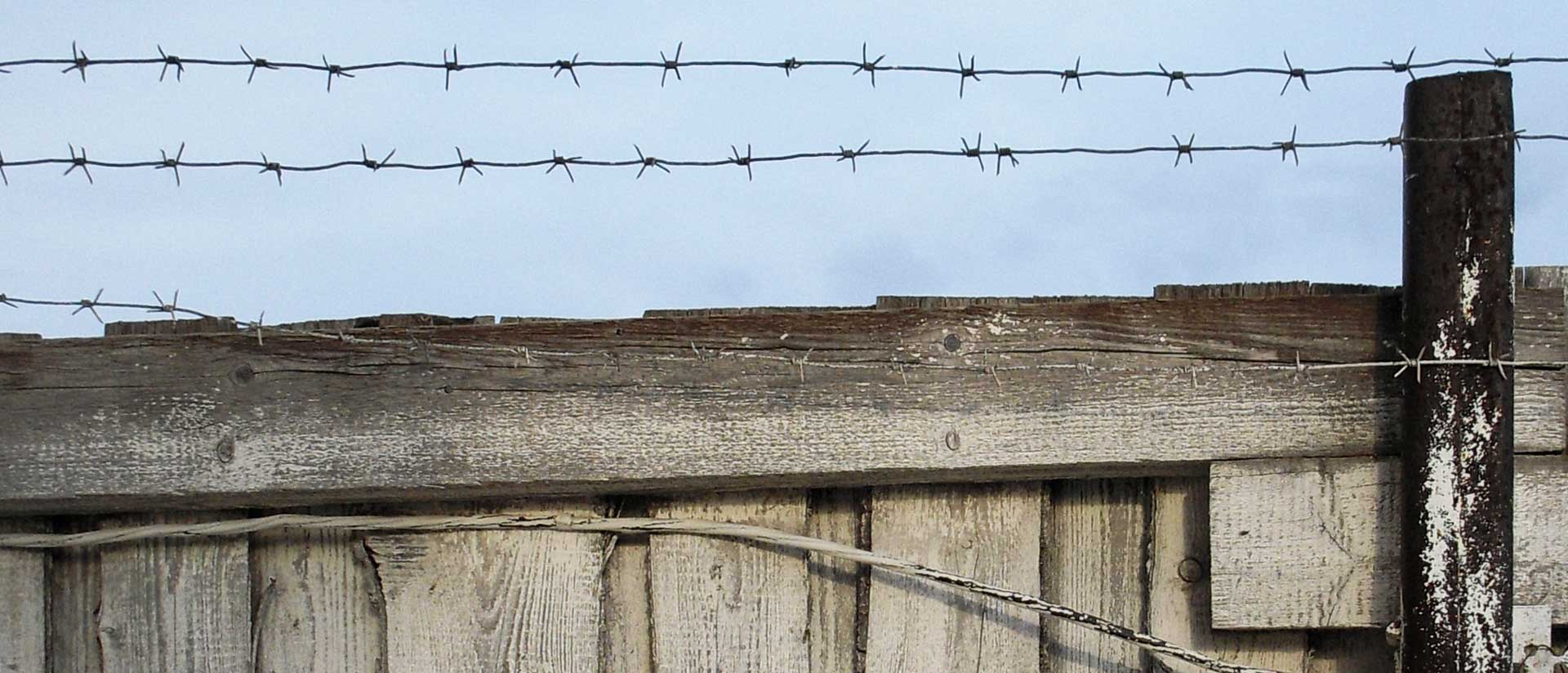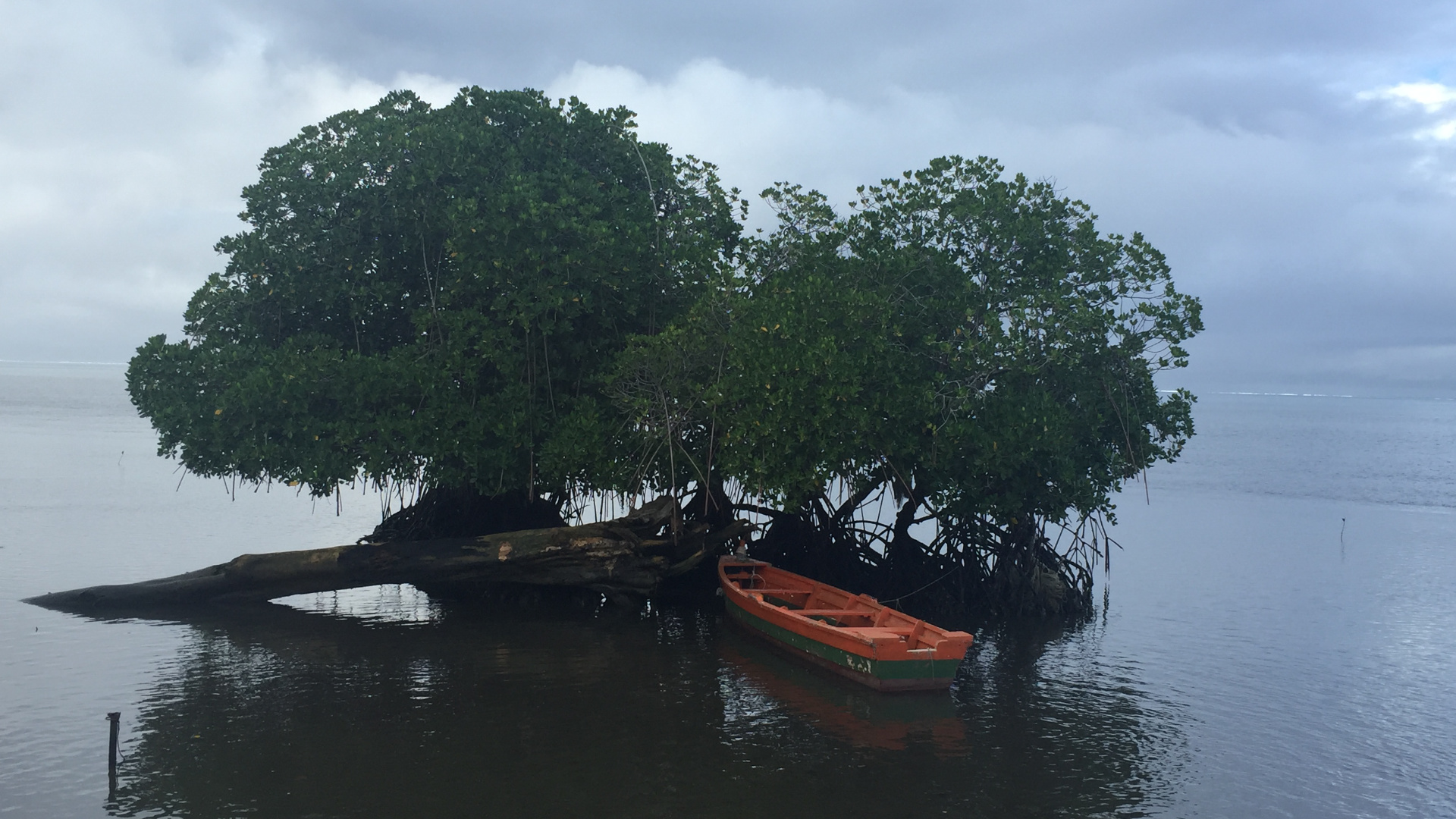
Transitioning to a Postcarbon Future
Inspiration from the Pacific
By Stuart Kirsch
Throughout the twenty-first century, people in the Pacific have been told that the coral atolls on which some of them live—consisting of a reef surrounding a lagoon—are sinking, their islands becoming uninhabitable, their futures already underwater. This narrative, and the apocalyptic images accompanying it, are circulated by climate-change activists and policymakers who seek to convey the consequences of failing to curb global climate change. Should their homelands become unlivable due to sea-level rise and the intrusion of saltwater into underground aquifers, the populations of low-lying island nations such as Kiribati, the Marshall Islands, and Tuvalu would have to find other countries willing to accept them. They would become the world’s first nations composed entirely of environmental refugees. How have Pacific Islanders responded to such a grim forecast of their future?
In fact, most political leaders and environmentalists in the Pacific reject this gloomy narrative, as I learned in the fall of 2018, when I traveled to the Solomon Islands, Fiji, and the Marshall Islands to study the impacts of climate change.
During my career as an anthropologist, I have carried out research at multiple scales of analysis, from work with indigenous communities in the rainforests of Papua New Guinea to studying the environmental impacts of transnational corporations. I have analyzed the connections between seemingly incommensurable things, ranging from the different ways people think about nature to corporate strategies that seek to minimize their responsibility for environmental impacts and policy agendas at the United Nations (UN). My research often involves collaborative relationships that extend beyond the academy, working with indigenous leaders, lawyers, and engineers. And so I was intrigued by the rejection of the standard climate change narrative by people living in the Pacific.
Embracing an alternative narrative
Most Pacific Islanders do not deny or dispute the occurrence of anthropogenic climate change; they have already experienced its impacts on their daily lives and livelihoods. Instead, politicians and activists from the Pacific have been instrumental in shaping global debates about climate change by participating in UN meetings at which they introduced a Pacific speech genre known as talanoa to encourage inclusivity, participation, and transparency, and called on the international community to accelerate its efforts to reduce greenhouse gas emissions.
Like other anthropologists, I am interested in understanding how ideas move across political scales. It is generally assumed that knowledge about climate change moves from the cosmopolitan centers of the world to its margins, rather than the opposite. But this alternative narrative of how Pacific Islanders have been able to promote greater ambitions in addressing climate change is crucial to understanding why they reject the assumption that nothing can be done to prevent their atolls from sinking, and refuse to accept predictions of a future in which they end up as climate refugees. These commitments have led people from the Pacific to play an outsized role in shaping global policy-regimes on climate change.
This alternative narrative of how Pacific Islanders have been able to promote greater ambitions in addressing climate change is crucial to understanding why they reject the assumption that nothing can be done to prevent their atolls from sinking, and refuse to accept predictions of a future in which they end up as climate refugees.
The Pacific voice
Pacific Island states have engaged in climate-change activism for many years. Prior to a UN meeting on climate change that took place in Copenhagen in 2009, delegates from the Pacific held regular press conferences under the banner “The Pacific Voice: 1.5 to Stay Alive,” alluding to the goal of limiting the global temperature increase to 1.5 °C above preindustrial levels. During negotiations leading to the Paris Climate Agreement, in 2015, the participants at the UN had all but agreed to call for an average temperature increase of no greater than 2 °C, but Pacific leaders and their fellow members of the Association of Small Island States lobbied the other delegates and succeeded in changing the language of the final document, resulting in the pledge to keep the global temperature rise during the current century to “well below” 2 °C, while “pursuing efforts” to limit the average temperature increase to 1.5 °C.
At climate change meetings sponsored by the UN in 2014, then-prime minister of Tuvalu, Enele Sopoaga, argued, “Unless we save Tuvalu, we cannot save the world. Save Tuvalu to save the world.” Similarly, the late Tony de Brum, from the Marshall Islands, told climate change delegates in Lima, Peru, in 2015, “Like other atoll nations . . . we have no higher ground; we have nowhere to go.” Scientists tell our people there’s a risk they will have to leave our country in the future, he continued, “But [our people] refuse to go. I refuse to go. My president refuses to go—no one in the Marshall Islands will go.” Our land is our identity, he explained: “It is [who we are] as individuals [and] as [a] people, and we will never let it go.”
A particularly inspiring form of activism was the introduction of the Pacific speech genre talanoa by Frank Bainimarama, the prime minister of Fiji, to the annual Conference of the Parties to the UN Framework Convention on Climate Change in 2018. Talanoa is a dialogic style of interaction that encourages mutual understanding and cooperation. Bainimarama hoped that the resulting Talanoa Dialogue would help bring “together government, investors, civil society, and ordinary citizens to call for even greater ambition from every nation on earth—ambition we need if we are to spare our planet from the worst effects of our changing climate.” Participants in these discussions praised the talanoa format as being essential to “keep the promise of [the] Paris [Climate Agreement].”
Long before these events occurred, people from Rongelap Atoll, in the Marshall Islands, were forced to relocate to other islands due to radioactive fallout from the 1954 test of a thermonuclear weapon by the United States. They were unable to build and sail their long-distance canoes because their new homes lacked the breadfruit and pandanus trees needed for the boats’ construction. Not only did they lose access to these material resources and the means to continue their distinctive style of canoe-building, they were also prevented from sharing their knowledge of celestial and wave navigation with subsequent generations. The impacts from nuclear weapons testing not only affected their health and home atolls, they also jeopardized indigenous ways of knowing and living in the world. Research on their experiences has contributed to ongoing debates at the UN about the responsibilities of “heavy emitters” of greenhouse gases for noneconomic loss and damage from climate change, including indigenous knowledge and culture.
The impacts from nuclear weapons testing not only affected their health and home atolls, they also jeopardized indigenous ways of knowing and living in the world.
These findings from my work in the Pacific Islands parallel my earlier research in Papua New Guinea with people affected by the Ok Tedi copper and gold mine that polluted local rivers and destroyed two thousand square kilometers of rainforest. In 1994, people living downstream from the mine sued the mining company responsible for the disaster in the Australian courts. Their efforts resulted in a settlement that sought to compel the mining company to reduce its environmental impacts and ultimately cost the company more than $2 billion (US) in revenue. Their lawsuit also provoked international conversations and commitments regarding the environmental responsibilities of the mining industry, much like Pacific Islander reactions to climate change have influenced international debates.
From insights to transitions
The insights garnered from my research in the Pacific have led me to pursue more general questions about the global response to climate change. My current research project, “Transitions: Pathways to a Postcarbon Future,” which is funded by the NO MIS Foundation, in Switzerland, investigates the transformations necessary to limit the harmful impacts of climate change. Addressing the challenges of global warming must occur at many levels of society, and efforts to bring a more promising future into being may be a more powerful motivator for change than the messages of fear associated with climate change, despite the ubiquity of the latter.
The dystopian vision of the future conveyed by contemporary science fiction offers a prominent example. Accompanying the ubiquitous images of zombies and the annihilation of all human life on the planet beyond a handful of survivors is the concern that it may already be too late to achieve an alternative outcome. The responses to this perspective can be broken down into two competing messages: The first is the conservative view that it is no longer possible to protect the planet from the worst ravages of climate change, which frees one from the responsibility to address the underlying problems. But these stories can also be understood as an omen of a potential future that compels us to take action in the present, which is the second view. By focusing on solutions to reduce greenhouse gas emissions, this position compels us to move beyond doomsday scenarios that dominate contemporary discourse on climate change and to challenge the politics of resignation that results in acquiescence to an undesirable status quo. This is the position my current research aims to support.
Reducing the greenhouse gas emissions responsible for climate change extends beyond the most obvious sources of pollution released by smokestacks from power plants and the tailpipes of automobiles; it also requires solutions for a number of hard-to-decarbonize sectors of the economy. The initial phase of the Transitions project focused on concrete, which is responsible for 7 to 8 percent of all greenhouse gas emissions, primarily from a single chemical reaction in which limestone is heated to make Portland cement, the material that binds the different materials of concrete together. Between carbon pricing in the European Union and new emissions regulations in California, the concrete industry has strong economic incentives to reduce its carbon footprint. One pathway for change is to decrease the volume of cement used in manufacturing concrete, which can be achieved through the incorporation of postindustrial waste products with cementitious properties. Venture capital and philanthropic foundations also eagerly back trials to store CO2 in concrete, albeit at low volumes. Another tech start-up touts the potential to turn new buildings into carbon sinks by producing carbon negative aggregate.
Reducing the greenhouse gas emissions responsible for climate change extends beyond the most obvious sources of pollution released by smokestacks from power plants and the tailpipes of automobiles; it also requires solutions for a number of hard-to-decarbonize sectors of the economy.
The concrete industry is dominated by a handful of large corporations, which recognize that the company able to reduce its carbon footprint first will gain a significant competitive advantage. These efforts could unleash a cycle of virtuous competition in which innovation leads to substantial declines in greenhouse gas emissions, in sharp contrast to the more familiar race to the bottom in environmental standards.
The second phase of the Transitions project examines coastal mangroves as an example of “blue carbon” stored in the ocean, which surpasses the carbon stored in terrestrial forests. Mangroves are also an important form of climate adaptation in the face of increased storm intensity and can also help mitigate the consequences of sea-level rise. This research has taken me to Guyana, in South America, and includes learning about mangroves in Sri Lanka, Vietnam, Cambodia, and northern Australia. The project also investigates global supply chains, responsible for another 14 percent of greenhouse gas emissions. Recent efforts to reconfigure these supply chains include re-shoring, or bringing production back home; near-shoring, which refers to relocating factories to neighboring countries; multi-shoring, in which production is geographically dispersed; and finally, friendly-shoring, in which the choice of production site is influenced by geopolitics. While these changes are driven by multiple causes, they have the potential to reduce the overall footprint of supply chains.
The next phase of the project investigates the system of carbon accounting that undergirds the global apparatus for mitigating climate change. While scientists have been monitoring, measuring, and assigning responsibility for greenhouse gas emissions for several decades, the task has acquired new immediacy in relation to the climate crisis. I will use ethnographic methods and draw on insights from science studies to analyze the assumptions, practices, and emerging standards for tracking and measuring greenhouse gas emissions. This research will take place at climate science institutes, policy think tanks, and consulting companies that offer professional training and carbon accounting services to a variety of public and private clients, including corporations. In the final phase of the project, I will examine the demand for the transition metals needed to build the postcarbon economy. This work focuses on efforts to increase recycling of key materials, including cobalt, copper, lithium, and nickel, that reduce the need for additional mining, which historically has been an environmentally- destructive industry.
Anthropologists are in a unique position to cross the boundaries that have historically divided the natural sciences (e.g., how the chemical reactions involved in producing cement release massive quantities of CO2) from the social sciences (e.g., how ideas travel across political scales), and the humanities (e.g., how people orient themselves to the threat of environmental collapse), all of which are required to adequately answer questions about the response to climate change. Inspired by the critique of climate change by politicians and others from the Pacific, this research examines the dynamics of the transition to a carbon-neutral economy.
This article appeared in the Berlin Journal 37 (2023-24).
Photo: Mangroves in Fiji. Credit and courtesy Stuart Kirsch



